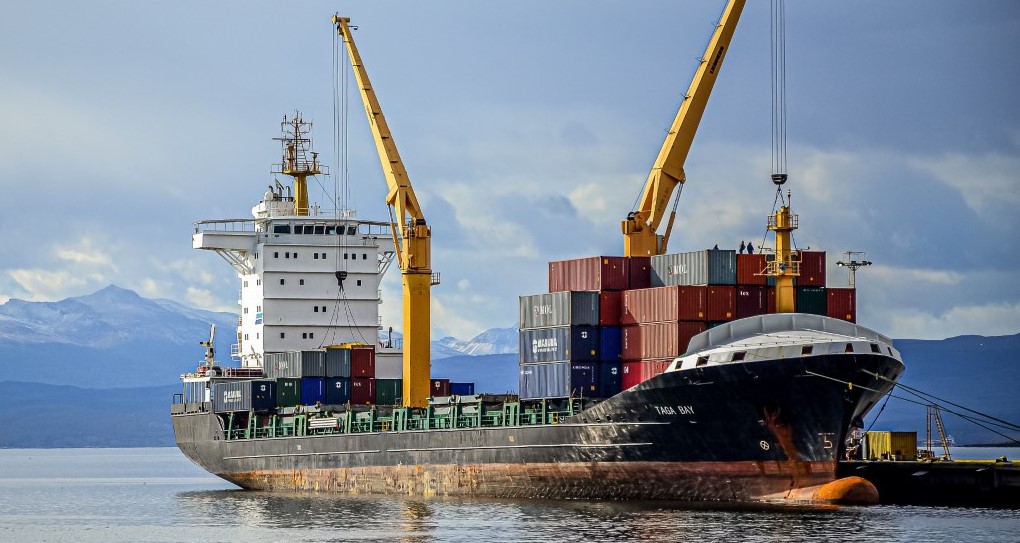Forecast: Maritime bandwidth to increase twentyfold
May 4, 2023
By Chris Forrester

A report from Euroconsult forecasts that Maritime bandwidth capacity demand is set to increase twentyfold over the next decade. The expansion will be driven by increased demand from the cruise industry.
With the most serious restrictions of Covid-19 now generally in the rearview mirror, market intelligence firm Euroconsult estimates that maritime connectivity sectors have mostly recovered from the pandemic’s influence on supply chains and vessel activity at the end of 2022.
According to Euroconsult’s forecasts, maritime satellite communication operators are expected to surpass $1.1 billion in revenues by 2032 at a 7 per cent CAGR over the decade. Though some service providers will see a fall in their average revenue per unit (ARPU), total service revenues are expected to grow at a similar CAGR, falling slightly short of $3 billion by 2032.
High-bandwidth prices adhered to the expected downward trends for 2022, as accurately predicted in the company’s previous edition of the market intelligence report. This was particularly reinforced by the entrance of non-geostationary orbit (NGSO) constellation services, especially from Starlink, following SES’s O3b mPOWER, with OneWeb expected to join them in 2023/24.
“Starlink’s introduction created some waves in the market, especially in the latter half of the year, receiving a mixed reception,” says Vishal Patil, Senior Consultant at Euroconsult and Chief Editor of the report. “Whilst less cost-sensitive markets such as offshore rigs, large cruises, and leisure operators embraced it with open arms, small to medium merchant and fishing vessels remain watchful and are anticipated to trial out multiple services onboard before choosing the most suitable.”
After analysing the initial response to the launch of new NGSO services, Euroconsult forecasts that the passenger segment will be hot on the tail of offshore and leisure verticals in adopting new communication technologies, with Starlink in particular seeing a positive response some other segments as well.
The firm thus expects a total of 90,000 VSAT-equipped vessels by 2032, with the associated bandwidth usage to grow twentyfold in 10 years from 65 Gbps in 2022 to 1.3 Tb/s, mainly driven by the increased adoption of VSATs influenced by the availability of NGSO services for the maritime market.
“The cost of capacity will continue to fall given the increased supply provided by the new generation of geostationary very high throughput satellites (GEO VHTS) and NGSO satellites, pressurizing existing capacity providers also to lower prices,” added Patil.
Euroconsult estimates that the launch of maritime NGSO services is driving the adoption of very-small-aperture terminals (VSATs) in the sector, with 37,000 VSAT-equipped vessels at the end of 2022, the merchant shipping segment leading with 23,000 crafts.
The forecasts appear in Euroconsult’s latest version of its annual “Prospects for Maritime Satellite Communications” report, Euroconsult caveats the findings by warning that low-bandwidth services, predominantly for small merchant and fishing vessels, have not escaped the impact of the rising influence of inflation either and have seen an increase in data plan pricing. The report also makes reference to the war in Ukraine, which has led to geo-political effects on sectors like Offshore Oil and Gas, resulting in an increase in the number of support vessels being deployed to deal with demand-supply challenges.
